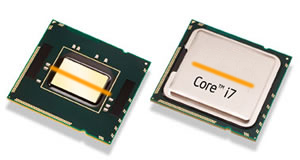Ah, fair enough. I stand corrected.
The mix is at 62 degrees load, so it's not the end of the world combining them. I'd be interested in a source showing that they are worse mixed than either separate, as this doesn't make any obvious sense to me.
The mix is at 62 degrees load, so it's not the end of the world combining them. I'd be interested in a source showing that they are worse mixed than either separate, as this doesn't make any obvious sense to me.



